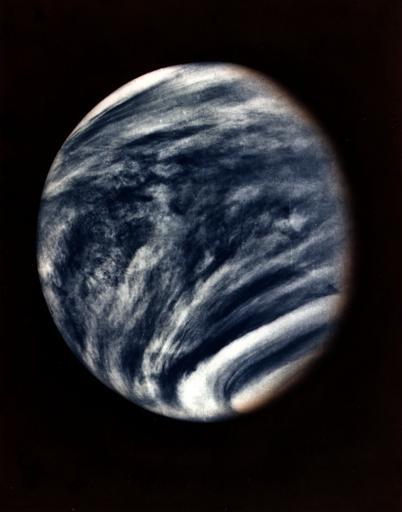MAKE A MEME
View Large Image

| View Original: | Venus.jpg (2311x2947) | |||
| Download: | Original | Medium | Small | Thumb |
| Courtesy of: | www.flickr.com | More Like This | ||
| Keywords: nasa venus mariner 10 mariner10 1974 planets black background lunar Description This picture of Venus was captured by the Mariner 10 spacecraft during its approach to the planet in early 1974. Taken with the spacecraft's imaging system using an ultraviolet filter, the picture has been color enhanced to simulate Venus's natural color as the human eye would see it. Although the planet closest to the Earth in size and distance from the Sun, Venus is perpetually blanketed by a thick veil of clouds high in carbon dioxide; its surface temperature approaches 900 degrees Fahrenheit. Launched on November 3, 1973, atop an Atlas Centaur rocket, Mariner 10 flew by Venus on February 5, 1974. It then went on to an encounter with Mercury, thus becoming the first spacecraft ever to fly by more than one planet. Image #: Date: January 1974 Description This picture of Venus was captured by the Mariner 10 spacecraft during its approach to the planet in early 1974. Taken with the spacecraft's imaging system using an ultraviolet filter, the picture has been color enhanced to simulate Venus's natural color as the human eye would see it. Although the planet closest to the Earth in size and distance from the Sun, Venus is perpetually blanketed by a thick veil of clouds high in carbon dioxide; its surface temperature approaches 900 degrees Fahrenheit. Launched on November 3, 1973, atop an Atlas Centaur rocket, Mariner 10 flew by Venus on February 5, 1974. It then went on to an encounter with Mercury, thus becoming the first spacecraft ever to fly by more than one planet. Image #: Date: January 1974 | ||||